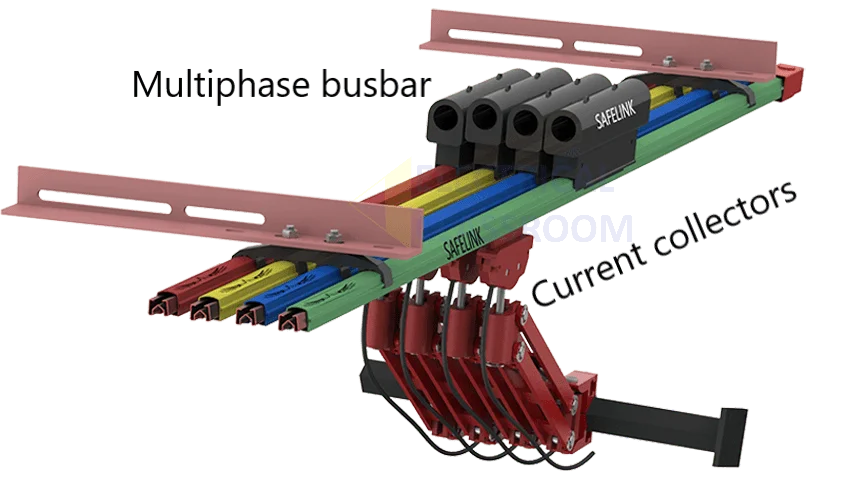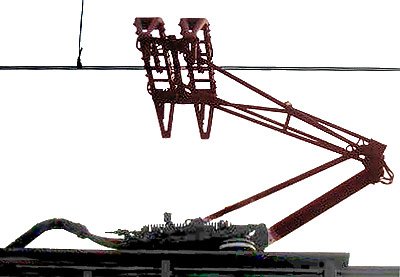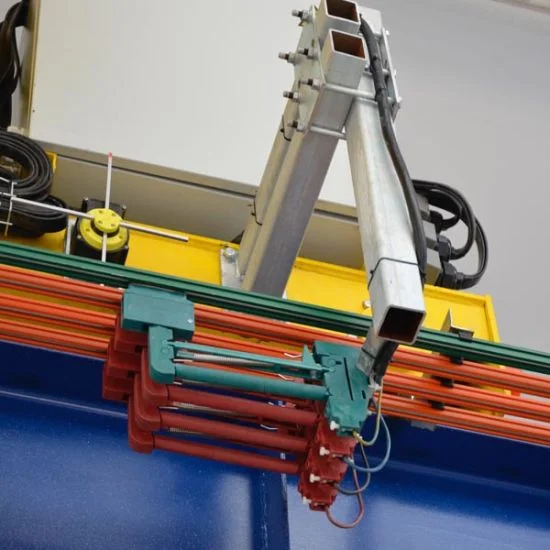What are current collectors?
Current collectors are components fitted to an electric equipment in motion to collect electric current required for its operation from a stationary busbar. They can be found in electric locomotives, cranes, trams, overhead conveyors, travelling cranes etc. Another place where you may see them is in those bumper cars in amusement parks. They are designed to maintain continuous contact with the electrification lines or busbar systems while the equipment is in motion.
For locomotives and cranes that are in continuous motion along a common rail, over a long distance, it is difficult to lay cables to supply operating power to them. Even laying cables for multiple equipment operating over a single rail could be practically impossible. In order to overcome this, a common busbar arrangement is made along the length of the rail and all the equipment travelling along the rail are connected to the busbar arrangement using current collectors.
The power transfer to the equipment in motion should be safe and reliable. The current collectors are mounted to the top, side or base of the equipment and their conductive parts are completely insulated from the body of the equipment. In most cases, the steel rail tracks act as the ground conductor (locomotive tracks).
Current collectors for locomotives
The electric traction cannot be possible without proper electricity. In order to power the locomotives, a system of overhead transmission lines known as catenary is used. An articulated arm like structure is fixed on the top of the electric traction unit to collect power from the overhead line. This articulated arm like structure that acts as a current collector is known as pantograph. They can be fount on the roof of electric trains, trams, electric buses and metros.
Current collectors for cranes
In the case of electric overhead cranes (EOT) and gantry cranes, a busbar arrangement is made along the length of its operating area. The busbar assembly can be either DC wire system or 3 phase AC system. The current collectors are attached to one side on the crane and is placed in contact with the busbar.


